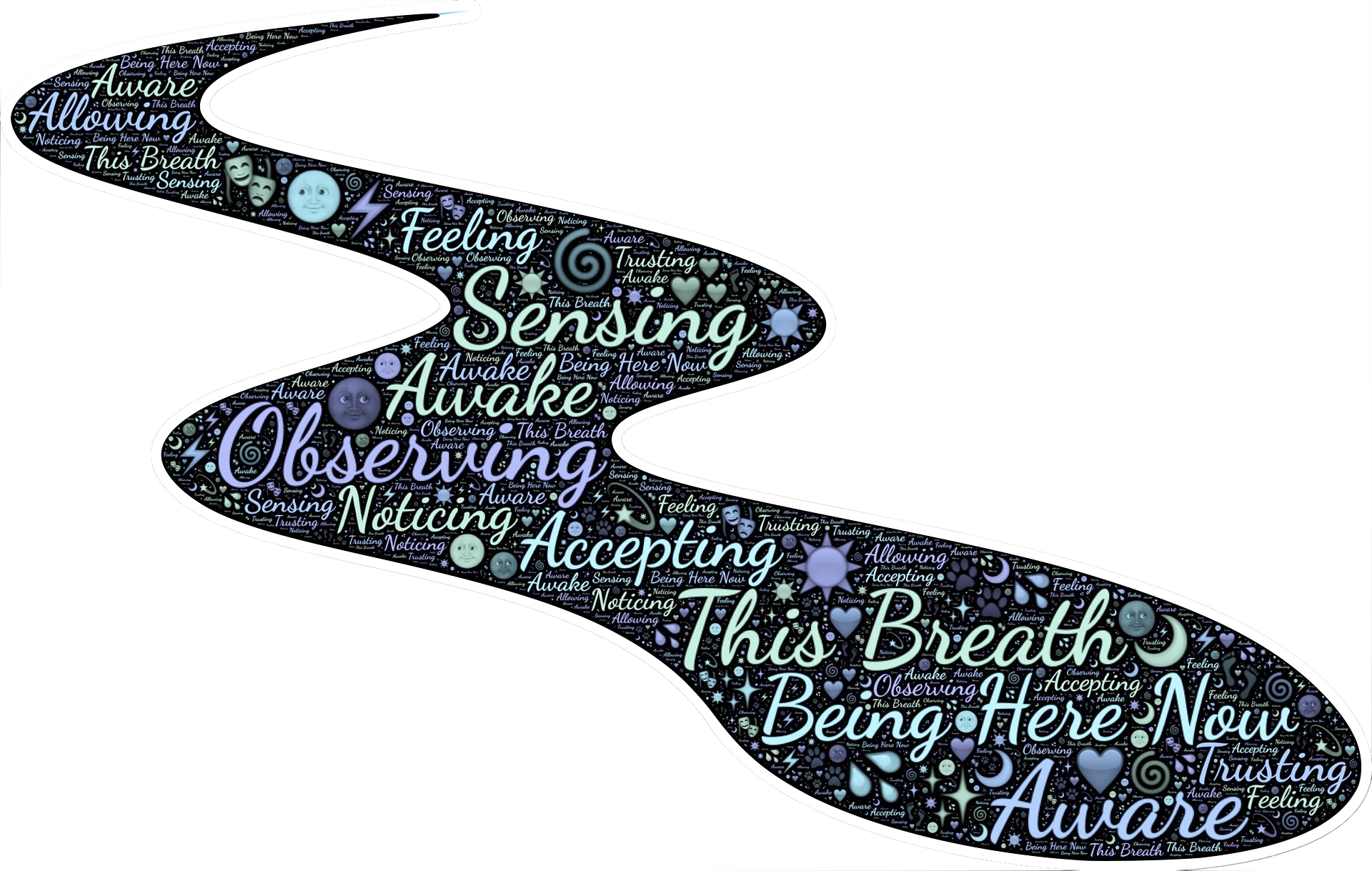Headache
It’s more likely that a headache is a component of a primary headache disorder, such as migraine or tension headaches, rather than brain tumors. But certain factors may be indicative of a larger issue.
What are the different types of headaches?
There are two major kinds of headaches: primary headaches, which include migraines, cluster headaches, and tension headaches; and secondary headaches, which are caused by underlying factors such as medical conditions. Both kinds of headaches are common in cancer patients; certain kinds of treatment, such as chemotherapy, radiation therapy, and immunotherapy, can cause headaches.
World Health Organization (WHO)
According to the World Health Organization (WHO), 50–75% of adults aged 18–65 years worldwide reported having at least one headache in 2015. The WHO also note that up to 4% of the world’s adult population lives with a chronic headache disorder.
Memory
A brain tumor may cause the brain to process information at a slower speed. A person may become forgetful in a way that at first isn't alarming, but progresses beyond the forgetfulness we all experience at times.
Confusion
Symptoms can vary from mild confusion, such as not understanding the nuances of a conversation, to more extreme symptoms, such as not recognizing the face of a familiar person.
Problem-solving:
Tasks such as doing simple math, writing sentences, setting up a chess board, or even following a recipe may become challenging.
Concentration
A person may become more easily distracted and have problems staying on task. It may take longer to complete basic tasks than usual.
Avoid smoking
Brain Tumor Warning Signs



